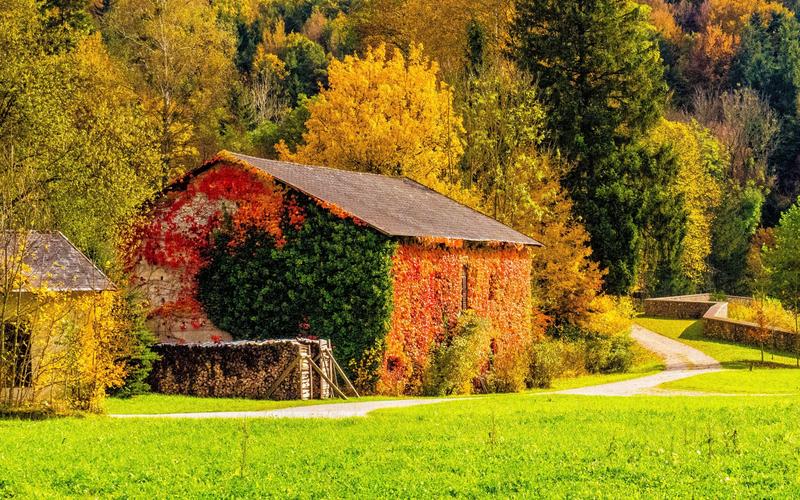Exploring the Multifaceted Cultural Aspects of India
India is a land of diversity, boasting a unique blend of cultural traditions, beliefs, and customs. From vibrant festivals to ancient architecture, India never fails to captivate its visitors. In this blog post, we’ll delve into the multifaceted cultural aspects of India that make it one of the most fascinating and unique countries in the world.
Festivals
India is famous for its colorful festivals that are spread throughout the year. These festivals are rooted in ancient traditions and celebrate different aspects of life. One of the most popular festivals in India is Diwali, also known as the “Festival of Lights.” It symbolizes the victory of good over evil and marks the return of Lord Rama to Ayodhya after 14 years of exile. During this festival, people light diyas (lamps) to create a beautiful display of lights and prepare traditional sweets and delicacies.
Another popular festival is Holi, also known as the “Festival of Colors.” Celebrated in the spring, it signifies the victory of good over evil and the arrival of spring. People throw colored powder and water at each other, dance to music, and enjoy traditional food.
Traditional Clothing
India’s diversity is also reflected in its clothing. Each region has its unique style and traditional clothing. For example, the Saree is a traditional garment worn by women in many parts of India. It is a long piece of cloth draped over the body and is often made of silk or cotton. In contrast, men wear a Kurta, which is a long tunic that is paired with loose-fitting pants called Pyjamas. Sherwanis, another popular men’s attire, is an elaborate long coat that is typically worn for weddings and other formal occasions.
Architecture
India is renowned for its magnificent architecture, which includes elaborate palaces, majestic forts, and stunning temples. The Taj Mahal, located in Agra, is one of the most famous examples of Indian architecture. Built by Mughal Emperor Shah Jahan in memory of his beloved wife Mumtaz Mahal, it is one of the world’s most renowned buildings and a UNESCO World Heritage Site.
Another example of Indian architecture is the Hawa Mahal in Jaipur. Also called the “Palace of the Winds,” it has a unique design, with over 900 small windows that allow for ventilation and create a beautiful light display.
Cuisine
India is known for its diverse cuisine, which varies from region to region. Indian food is characterized by the use of spices and herbs, creating a unique flavor profile. Some popular dishes include Butter Chicken, Biryani, and Paneer Tikka, among others. Vegetarianism is also prevalent in India, and many people follow a plant-based diet.
Conclusion
In conclusion, India is a country with a rich cultural heritage that spans thousands of years. Its festivals, traditional clothing, architecture, and cuisine are just a few examples of what makes India unique. By exploring these facets of Indian culture, one can experience the country’s true essence and understand why it continues to fascinate people from all over the world.
(Note: Do you have knowledge or insights to share? Unlock new opportunities and expand your reach by joining our authors team. Click Registration to join us and share your expertise with our readers.)
Speech tips:
Please note that any statements involving politics will not be approved.
